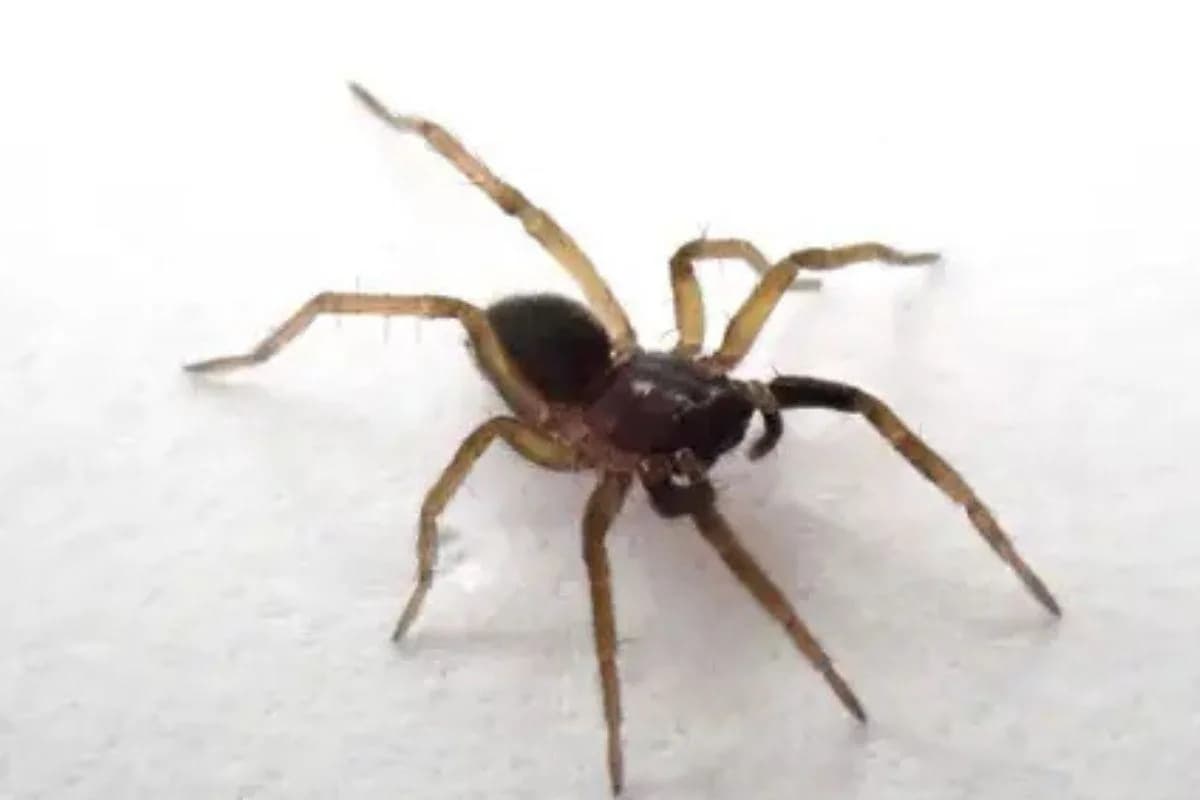We're loading the full news article for you. This includes the article content, images, author information, and related articles.
The rediscovery of the 'white-knuckled wolf spider' in Britain offers a crucial lesson for Kenya on the importance of habitat preservation and biodiversity monitoring for its own unique and threatened species.

GLOBAL – In a discovery that has sent ripples of excitement through the international conservation community, a tiny spider believed to have vanished from the United Kingdom 40 years ago has been found again on a remote nature reserve. The rediscovery of the Aulonia albimana, now nicknamed the 'white-knuckled wolf spider', on Thursday, October 30, 2025, at the National Trust’s Newtown National Nature Reserve on the Isle of Wight, serves as a powerful testament to the resilience of nature and the profound impact of dedicated habitat restoration.
For Kenya, a nation celebrated for its immense biodiversity yet facing significant conservation challenges, this story from halfway across the world carries urgent and relevant insights. It underscores the critical need for sustained investment in protecting and restoring natural habitats, a cornerstone of the work carried out by institutions like the Kenya Wildlife Service (KWS) and Nature Kenya.
The spider, last officially recorded in the UK in 1985, was found by entomologists Mark Telfer and Graeme Lyons in a dramatic, last-minute search. "I found the first one with just nine minutes to go, and the second one in the last minute," Lyons stated, highlighting the thrilling nature of the find. The British Arachnological Society has hailed the event as one of the century's most significant 'lost species' rediscoveries in Britain. The success is attributed to years of meticulous habitat management by the National Trust, which used a flock of Hebridean sheep to graze down overgrown vegetation, creating the sunlit, patchy turf the spider needs to thrive. This approach mirrors conservation grazing techniques used in Kenyan conservancies to manage landscapes for optimal ecosystem health.
While the rediscovery of a 4-millimetre spider in Europe may seem distant, its implications resonate deeply with Kenya's own conservation narrative. Kenya is a global biodiversity hotspot, home to an estimated 805 species of spiders alone as of a 2021 checklist, with many being endemic to the country. This rich arachnid fauna, including various species of wolf spiders and the notable King Baboon Spider, plays a vital, often overlooked, role in maintaining ecological balance by controlling insect populations.
Grace Kioko, a research scientist at the National Museums of Kenya and one of the country's few arachnologists, emphasizes the importance of these creatures. In a 2024 interview, she noted that spiders are crucial for pest control, citing a Kenyan spider from Lake Victoria that specifically preys on the female Anopheles mosquito, a vector for malaria. The National Museums of Kenya's Zoology Department is the custodian of the largest entomological collection in East Africa, a critical resource for understanding and conserving this invertebrate biodiversity.
The UK story is a 'Lazarus species' event—a tale of a species returning from presumed extinction. Kenya faces its own battles to protect critically endangered species, from the iconic black rhino and Grevy's zebra to the lesser-known pancake tortoise. Just this year, KWS launched a 10-year national action plan to save the pancake tortoise, a unique reptile endemic to Kenya's semi-arid regions, threatened by habitat loss and illegal trade. Dr. Erustus Kanga, KWS Director General, described the tortoise as a "living emblem of Kenya's natural heritage," stressing that every individual is critical for the species' survival. This echoes the sentiment in the UK, where every tiny spider now represents a beacon of hope.
The key to the wolf spider's return was habitat restoration. This is a core strategy for Kenyan conservation bodies. Nature Kenya, for instance, has been leading community-driven forest restoration projects across the country, from the Taita Hills to Mount Kenya, restoring thousands of hectares of degraded land. These efforts are vital, as habitat destruction remains the primary threat to Kenya's wildlife, a challenge recognized by the Convention on Biological Diversity, which recommends habitat restoration as a key activity.
The challenges are immense, ranging from human-wildlife conflict to climate change and pressure on land from a growing population. However, the rediscovery of the white-knuckled wolf spider demonstrates that with scientific curiosity, persistent effort, and long-term commitment to restoring ecosystems, species once thought lost can be brought back from the brink. It is a validation of the painstaking work of conservationists everywhere and a crucial reminder for Kenya that investing in the health of our landscapes—from our vast savannahs to our dense forests—is an investment in our national heritage and future ecological resilience.
Keep the conversation in one place—threads here stay linked to the story and in the forums.
Other hot threads
E-sports and Gaming Community in Kenya
Active 7 months ago
Popular Recreational Activities Across Counties
Active 7 months ago
The Role of Technology in Modern Agriculture (AgriTech)
Active 7 months ago
Investing in Youth Sports Development Programs
Active 7 months ago